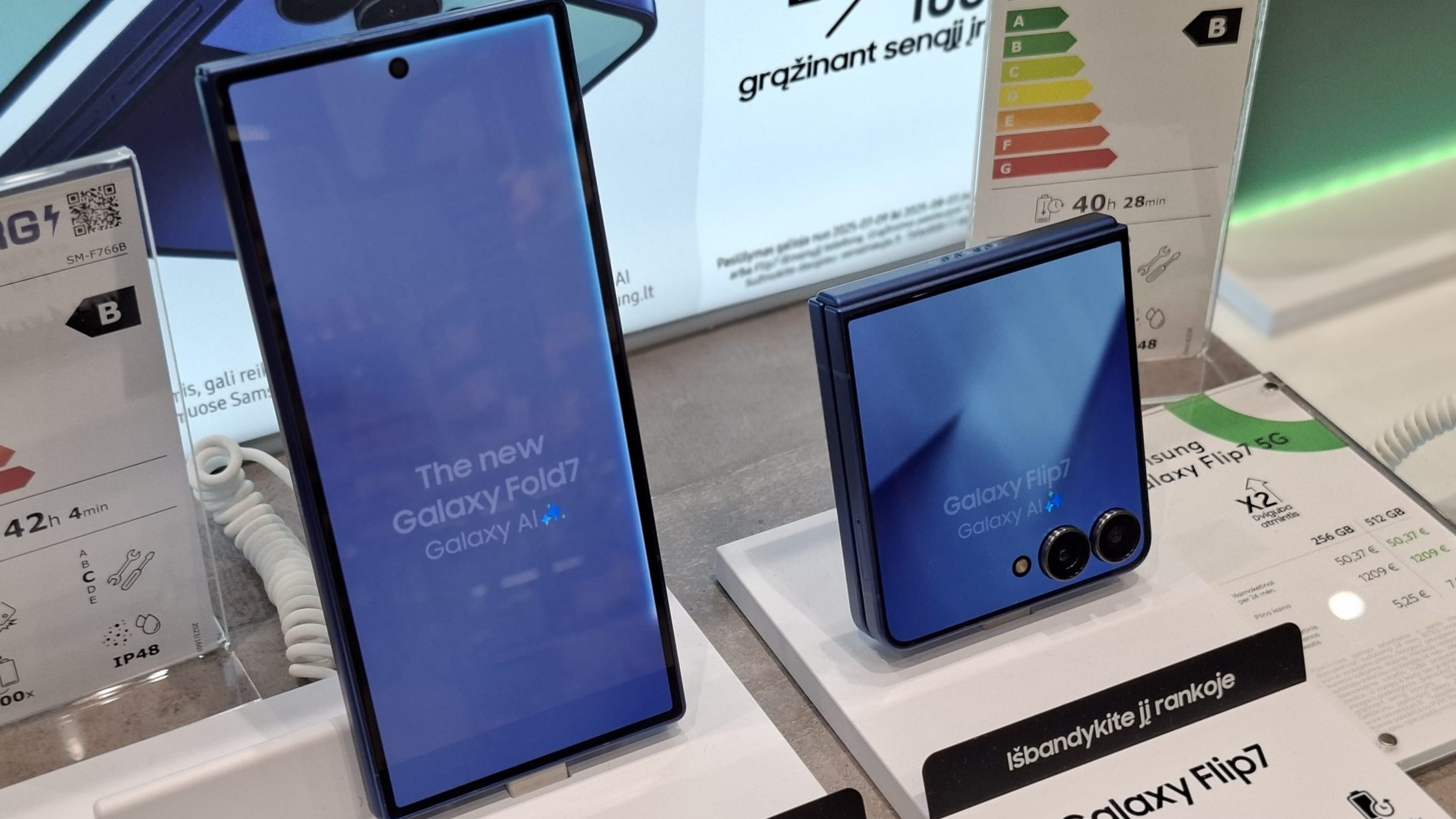In today’s hyper-connected world, reliable internet access is no longer a luxury—it’s a necessity for education, work, healthcare, and social inclusion. Yet, millions of Americans, particularly those in rural and remote areas, continue to struggle with limited or no access to high-speed internet. Amid this challenge, Starlink, the satellite internet service launched by SpaceX, has emerged as a potential game-changer.
Starlink promises to bridge the digital divide in the United States by offering high-speed, low-latency internet almost anywhere on Earth. As of 2025, its growing network of low-Earth orbit (LEO) satellites is reshaping how Americans—especially those in underserved communities—connect to the digital world.
This article explores the role of Starlink in U.S. internet access, its technology, benefits, challenges, real-world impact, and future potential, supported by academic research and government data.
What is Starlink?
Starlink is a satellite-based internet service developed by SpaceX, the private aerospace company founded by Elon Musk. Unlike traditional internet providers that rely on underground cables or cellular towers, Starlink uses a constellation of thousands of small satellites orbiting Earth at low altitudes—typically between 340 km and 1,200 km.
Each satellite connects wirelessly with ground terminals, providing broadband internet directly to users through a compact dish antenna. This setup allows Starlink to reach rural, remote, and oceanic regions that are difficult or expensive to serve through conventional infrastructure.
Key Facts About Starlink (as of 2025)
| Feature | Details |
|---|---|
| Type | Low-Earth Orbit (LEO) Satellite Internet |
| Parent Company | SpaceX |
| Satellites in Orbit | 6,200+ (with more launches monthly) |
| Internet Speed | 50 Mbps – 250 Mbps (up to 1 Gbps in some areas) |
| Latency | 20–50 milliseconds |
| Coverage | All 50 U.S. states and expanding globally |
| Target Users | Rural households, businesses, schools, and travelers |
Why the U.S. Needs Starlink
Despite the country’s technological prowess, broadband inequality remains a major issue in the United States.
According to the Federal Communications Commission (FCC), over 14 million Americans still lack access to broadband speeds of at least 25 Mbps download and 3 Mbps upload, with most of them living in rural or tribal areas.
The Digital Divide in Numbers
| Category | Urban Areas | Rural Areas |
|---|---|---|
| Broadband Availability | 97% | 73% |
| Average Internet Speed | 200 Mbps | 35 Mbps |
| Population Without Internet | 1% | 17% |
| Affordability Concerns | Moderate | High |
Traditional broadband options like DSL and cable are often unavailable or unreliable in these regions. Fiber-optic networks, while fast, are costly to install in sparsely populated areas.
This is where Starlink’s satellite-based approach offers a transformative solution—delivering high-speed internet without the need for physical infrastructure across vast rural landscapes.
How Starlink Technology Works
Starlink’s system uses a network of interconnected satellites in low-Earth orbit. These satellites communicate with each other through laser links, forming a “mesh” network that efficiently routes data across the planet.
Three Main Components of Starlink
- Satellites: Thousands of small, mass-produced satellites orbiting the Earth in synchronized patterns.
- Ground Terminals (User Antennas): A circular or rectangular dish that automatically aligns with satellites overhead.
- Gateways: Ground-based stations connected to terrestrial fiber-optic networks, linking Starlink’s space-based internet to the broader web.
Why LEO Satellites Are Revolutionary
Unlike geostationary satellites, which orbit 35,000 km above Earth, LEO satellites orbit much closer—reducing latency from 600 ms to as low as 20 ms. This makes Starlink’s internet speeds comparable to fiber broadband for many applications such as streaming, online gaming, and video conferencing.
Starlink’s Role in Bridging the Digital Divide
1. Expanding Access to Rural America
Starlink’s biggest impact lies in connecting rural and remote communities—from isolated farms in Montana to small towns in Alaska. Its ability to bypass traditional infrastructure allows residents to work, study, and access healthcare online like their urban counterparts.
A study by the University of California, Berkeley (2024) found that households with reliable broadband in rural areas experienced a 25% increase in income opportunities through remote work and online business ventures—highlighting the economic ripple effects of connectivity.
2. Supporting Education
Starlink has become a vital tool for rural schools and students. The University of Texas at Austin reported in 2023 that schools using Starlink in low-income regions improved digital learning participation by 45% compared to areas with traditional satellite internet.
This access enables students to engage in virtual classrooms, research, and online college applications, helping narrow the education gap between rural and urban learners.
3. Powering Telemedicine
Telehealth relies on real-time video and data transfer—something impossible with older, high-latency connections. A Stanford Medicine study (2022) found that telemedicine usage in rural clinics increased by 60% in counties that adopted low-latency broadband solutions such as Starlink.
This has made healthcare more accessible for elderly and remote patients, particularly during emergencies or routine follow-ups.
4. Enhancing Disaster Response
Starlink has proven critical during natural disasters when conventional networks fail. After Hurricane Ian (2022) and wildfires in California (2023), emergency teams deployed Starlink terminals to re-establish communications in affected regions—demonstrating its resilience and adaptability.
5. Enabling Economic Development
From family-owned farms adopting IoT systems to small-town entrepreneurs running online stores, Starlink helps drive local economic growth. The Purdue Center for Regional Development (2023) found that rural broadband expansion could add $80 billion annually to the U.S. economy—Starlink being a major enabler.
Advantages of Starlink Internet
| Benefit | Description |
|---|---|
| Global Coverage | Works in areas where cable or fiber networks are unavailable. |
| High Speeds | Offers 50–250 Mbps with ongoing improvements. |
| Low Latency | Supports online gaming, streaming, and real-time applications. |
| Quick Setup | Can be installed in under 30 minutes with a simple dish and app. |
| Disaster Resilience | Operates independently of ground-based infrastructure. |
| Scalability | Constant satellite launches expand coverage and capacity. |
Challenges and Limitations of Starlink
While revolutionary, Starlink is not without challenges. Understanding its limitations helps set realistic expectations.
1. Cost
At around $120 per month (as of 2025) plus a $599 equipment fee, Starlink is more expensive than many cable or fiber plans, making affordability an issue for low-income households.
2. Weather Interference
Heavy rain, snow, or dust storms can temporarily disrupt satellite signals, though newer dish models have improved performance.
3. Obstruction Sensitivity
Starlink dishes require a clear view of the sky. Trees, mountains, or buildings can interfere with connectivity, making installation location critical.
4. Space Traffic and Debris
With thousands of satellites in orbit, space congestion and collision risks have become growing concerns. NASA and academic researchers have raised the need for better space traffic management.
A study from the University of Southampton (UK) in 2023 warned that uncontrolled satellite proliferation could lead to a 10% increase in orbital debris over the next decade if not properly regulated.
5. Data Caps and Bandwidth Management
As the user base expands, maintaining consistent speeds for all customers remains a challenge. SpaceX continues to upgrade capacity through additional satellite layers and ground infrastructure.
Comparing Starlink with Other Internet Technologies
| Technology | Speed (Mbps) | Latency (ms) | Availability | Ideal For |
|---|---|---|---|---|
| Fiber Broadband | 500–1,000 | 10–20 | Urban/Suburban | Households, businesses |
| Cable Internet | 100–600 | 20–40 | Urban/Suburban | General users |
| DSL | 10–40 | 50–100 | Rural/Suburban | Basic browsing |
| Fixed Wireless | 25–150 | 20–60 | Rural areas near towers | Light usage |
| Starlink (LEO Satellite) | 50–250 | 20–50 | Nationwide, rural, remote | Remote work, telehealth, streaming |
This comparison highlights how Starlink fills the connectivity gap where other technologies cannot reach—especially for rural and nomadic users.
Starlink and Government Partnerships
Starlink has increasingly collaborated with U.S. federal and state agencies to expand access and affordability.
1. FCC Rural Broadband Programs
SpaceX has participated in the Rural Digital Opportunity Fund (RDOF) auctions, aiming to deliver broadband to underserved U.S. communities.
2. State-Level Deployments
Several states, including Texas, Alaska, and Tennessee, have integrated Starlink into rural broadband plans, particularly for schools, emergency services, and tribal lands.
3. Federal Emergency Management Agency (FEMA) Collaboration
FEMA has used Starlink terminals during natural disasters to restore communications in affected regions—a critical lifeline for response coordination.
Scientific and Research-Based Insights
Academic institutions have recognized Starlink’s transformative potential.
- MIT Media Lab (2023) reported that Starlink’s LEO satellite network could reduce global latency disparities by 70%, creating more equitable access to digital services.
- University of Illinois researchers (2024) found that LEO satellite networks significantly improve rural telehealth outcomes, lowering emergency hospitalizations by 12% in broadband-limited regions.
- A Harvard Kennedy School analysis highlighted Starlink as a model of public-private innovation, demonstrating how government policy and private technology can work together to solve systemic connectivity issues.
Environmental and Ethical Considerations
While Starlink offers clear benefits, it also raises environmental and ethical concerns.
Astronomers worry about light pollution affecting night-sky visibility. SpaceX has addressed this by introducing “DarkSat” coatings and sun visors to reduce reflectivity.
Additionally, questions around data privacy and monopolization have emerged, as satellite internet could centralize control among a few major players. Transparency and regulatory oversight will be key in ensuring equitable, sustainable access.
Starlink’s Future in the U.S.
By 2025, Starlink continues to evolve. SpaceX plans to expand its satellite constellation to 12,000 by 2030, with the potential to offer 1 Gbps speeds to all users.
Upcoming technologies such as laser interlinks, satellite-to-phone connectivity, and AI-powered bandwidth optimization promise even greater efficiency.
Moreover, partnerships with airlines, cruise ships, and trucking fleets are transforming mobility-based internet access, making connectivity seamless across land, sea, and air.
Frequently Asked Questions (FAQs)
1. How fast is Starlink internet in the U.S.?
Starlink typically offers speeds between 50 Mbps and 250 Mbps, depending on location and network traffic. Some users report speeds exceeding 300 Mbps during off-peak hours.
2. Can Starlink replace traditional broadband?
For urban users, fiber remains faster and cheaper. However, for rural and remote areas, Starlink provides an unmatched alternative where fiber or cable are unavailable.
3. Does weather affect Starlink performance?
Yes, heavy rain, snow, or dust storms can cause brief interruptions. However, modern Starlink dishes include self-heating features to minimize weather impact.
4. Is Starlink available everywhere in the U.S.?
Yes, Starlink currently covers all 50 states, including remote islands and territories. Availability depends on regional satellite capacity.
5. How much does Starlink cost?
As of 2025, the monthly plan is about $120, with a one-time equipment cost of $599. Business and mobility plans are priced higher.
6. Is Starlink good for gaming or streaming?
Yes. With latency as low as 20–40 ms, Starlink supports real-time gaming, HD streaming, and video conferencing without major lag.
7. Are there government subsidies for Starlink?
Some rural broadband programs and FCC initiatives offer partial subsidies or grants for eligible households using Starlink in underserved areas.



